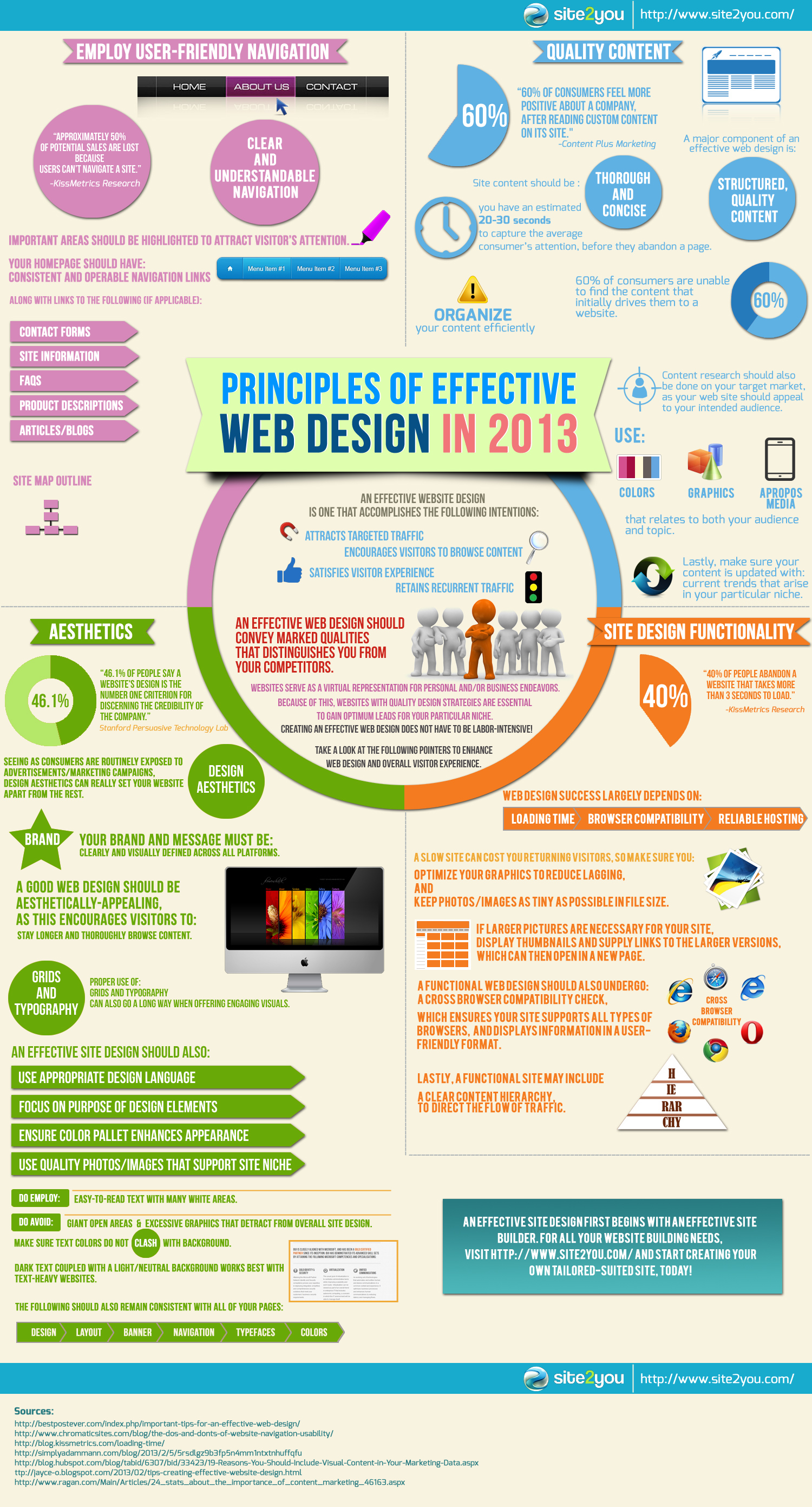Web Site Layout Fundamentals: Tips For Structure A User-Friendly Site
Web Site Layout Fundamentals: Tips For Structure A User-Friendly Site
Blog Article
Material Author-Christophersen Neville
When it comes to site style, guaranteeing user-friendliness is essential. From responsive style to structured navigating, every element plays a crucial role in producing a website that caters to your audience's requirements. Yet what about the finer information that can make or damage a user's searching experience? Remain tuned as we discover some often-overlooked pointers that can elevate your website's usability to the following degree, making it genuinely attract attention in the electronic landscape.
Value of Responsive Design
Responsive design is an important aspect of modern web site development. Ensuring your internet site is responsive ways that it can adapt to different screen sizes and devices, offering a smooth experience for customers.
With the boosting use of smartphones and tablets to access the internet, having a responsive style is important for getting to a bigger target market. It helps in improving individual experience by making your internet site easy to browse and keep reading any kind of tool.
Additionally, responsive style can positively affect your internet search engine rankings, as search engines like Google prioritize mobile-friendly web sites. By having see this website , you're also future-proofing your web site, as brand-new devices with varying display dimensions remain to arise.
Simplify Navigating Framework
To boost user experience and facilitate simple access to information on your website, enhancing the navigating structure is vital. When creating your site, concentrate on developing a clear and intuitive navigation food selection that assists site visitors locate what they're looking for quickly.
Limit the number of food selection items to the essentials, organizing relevant pages with each other to avoid frustrating customers. go to this site detailed tags that clearly show the web content of each page, making it simpler for users to understand where each web link will take them.
Consider implementing dropdown food selections for subcategories to stop jumbling the major navigating bar. Furthermore, consist of a search bar prominently on the web page for users who choose looking for particular details.
Focus on mobile responsiveness in your navigating design to ensure easy gain access to on all devices.
Optimize Page Tons Speed
Improving web page lots speed is vital for keeping visitors on your web site. Slow-loading pages frustrate users and can lead to high bounce rates. To maximize page tons speed, start by maximizing photos. Compress pictures without jeopardizing top quality to decrease their data dimensions.
Additionally, make it possible for internet browser caching to keep frequently accessed resources locally, accelerating load times for returning site visitors. Minify CSS, JavaScript, and HTML data by eliminating unnecessary personalities, comments, and formatting, boosting load speed.
Think about utilizing a material shipment network (CDN) to disperse your internet site's web content throughout multiple web servers worldwide, minimizing latency for users accessing your website from different areas. Lastly, restrict using third-party scripts and plugins, as they can significantly influence load times.
Verdict
In conclusion, by including receptive design, simplifying navigating, and optimizing web page tons rate, you can develop a straightforward web site that interest a bigger target market and enhances user experience. Learn Alot more that visitors can easily access and browse your website throughout various tools, causing increased involvement and satisfaction. By concentrating on these vital facets, you can construct a successful internet site that keeps users coming back for even more.
